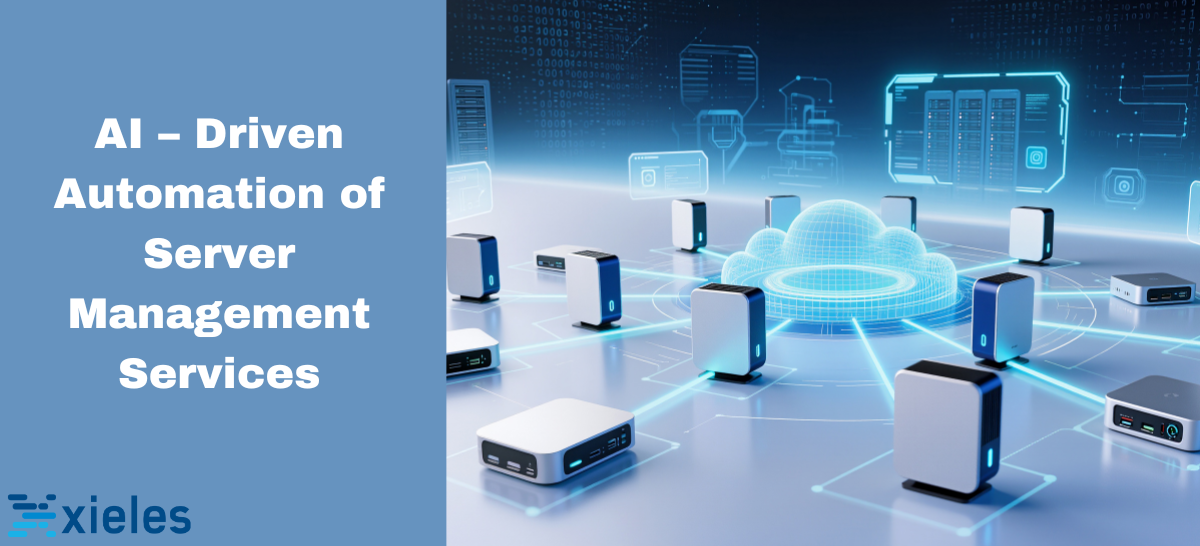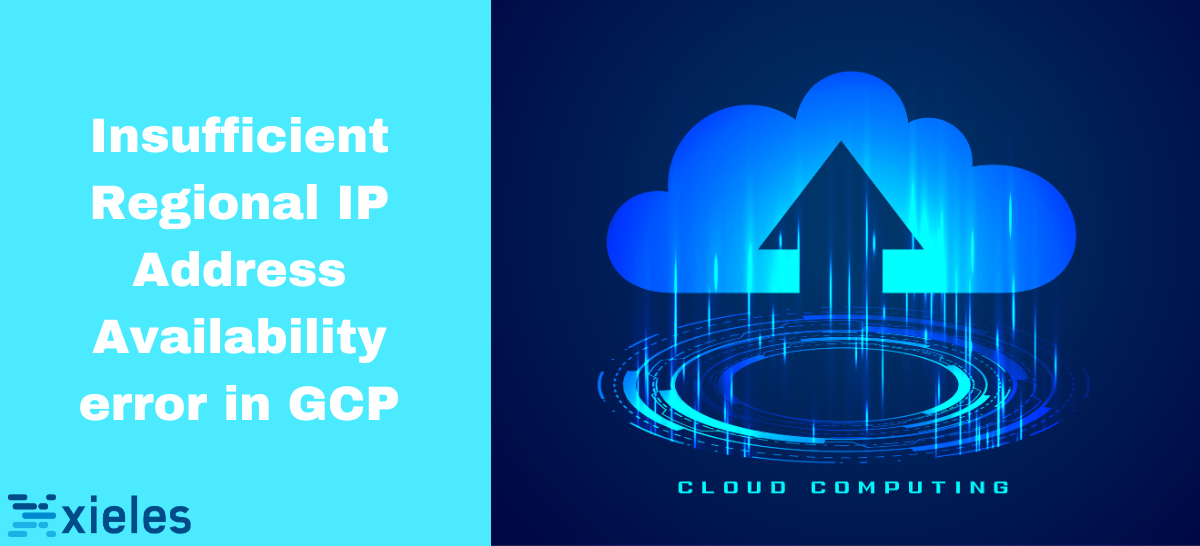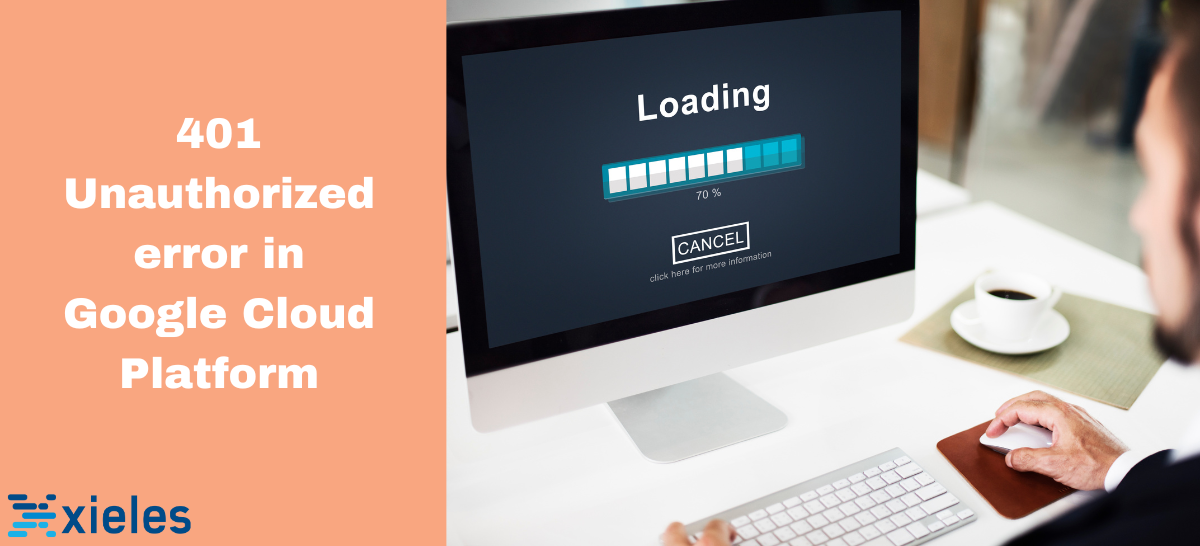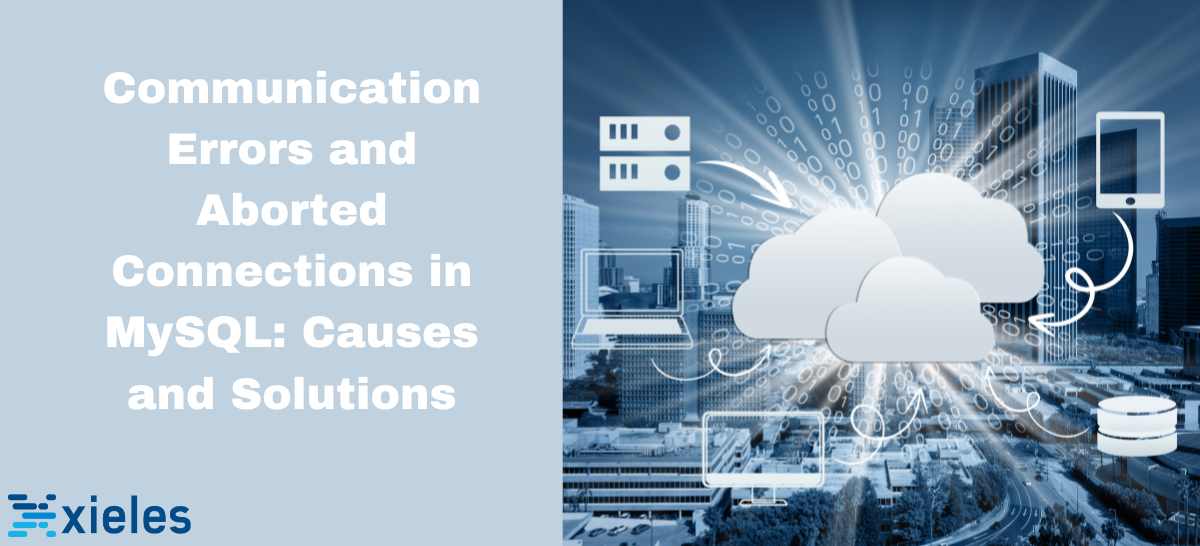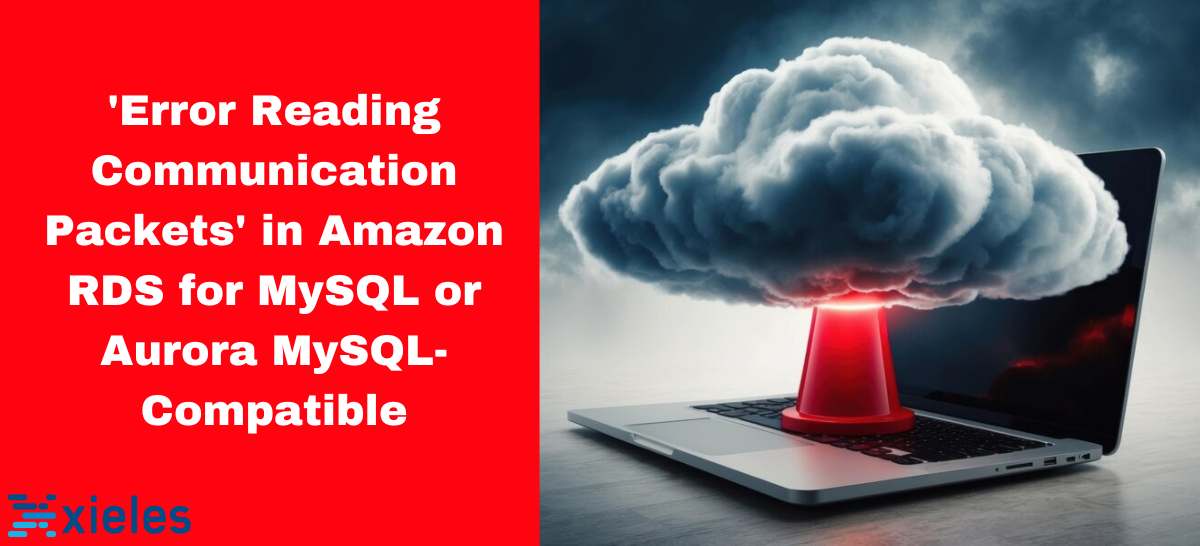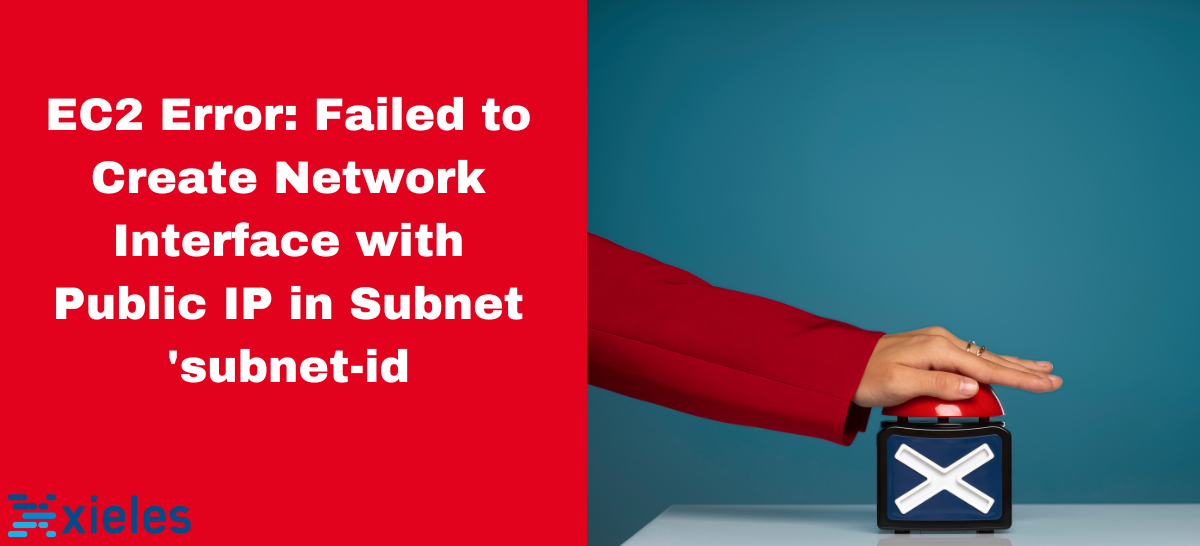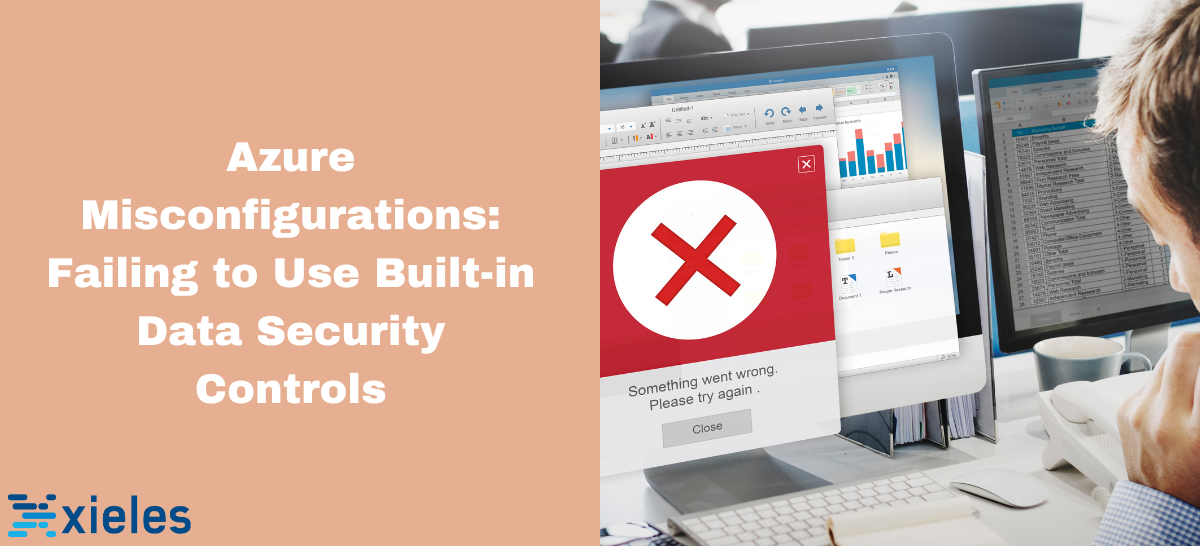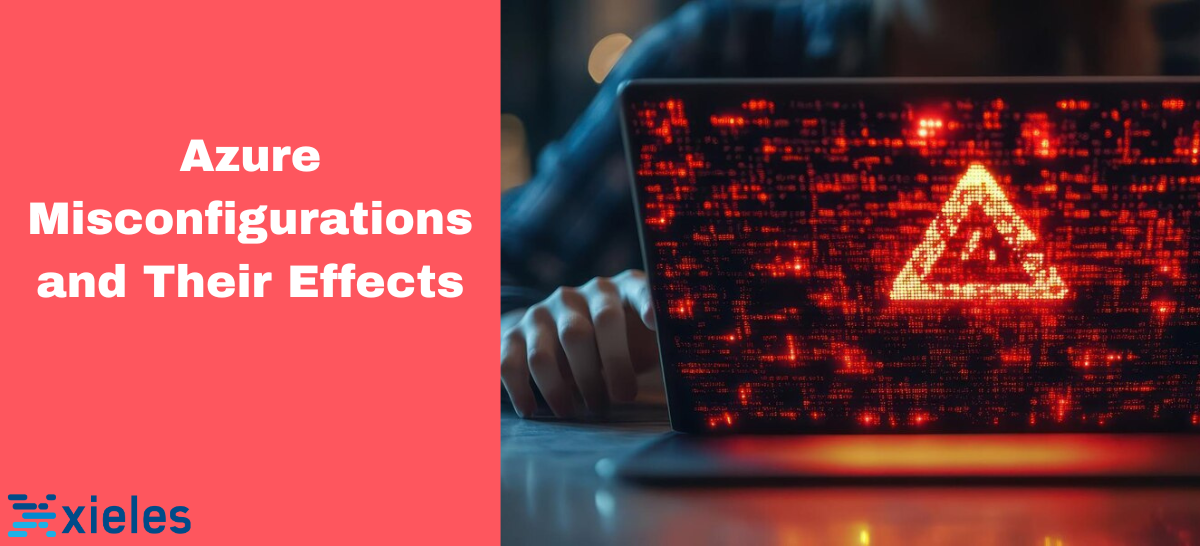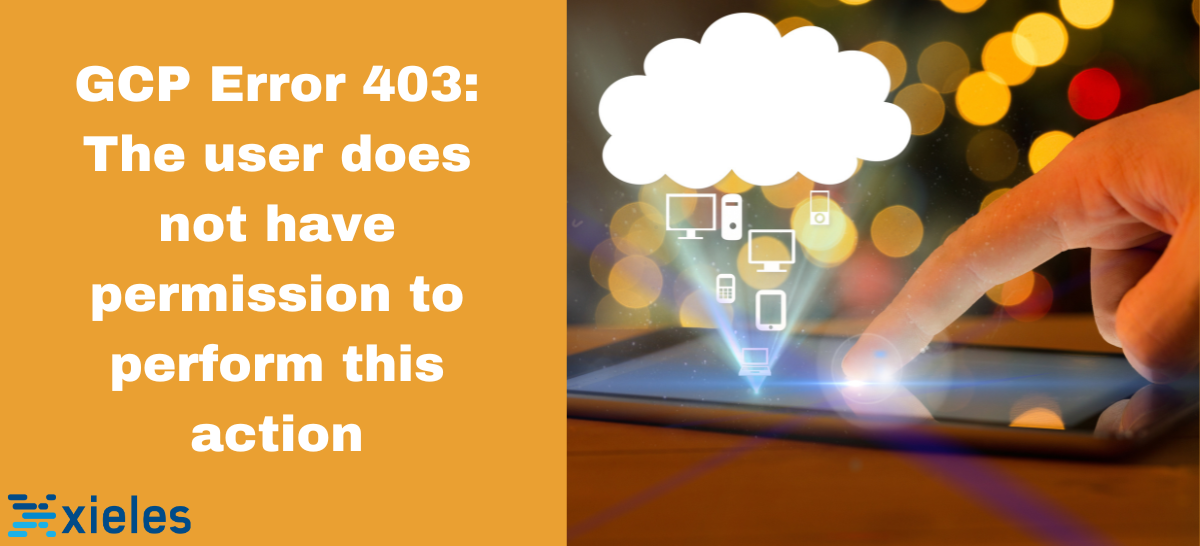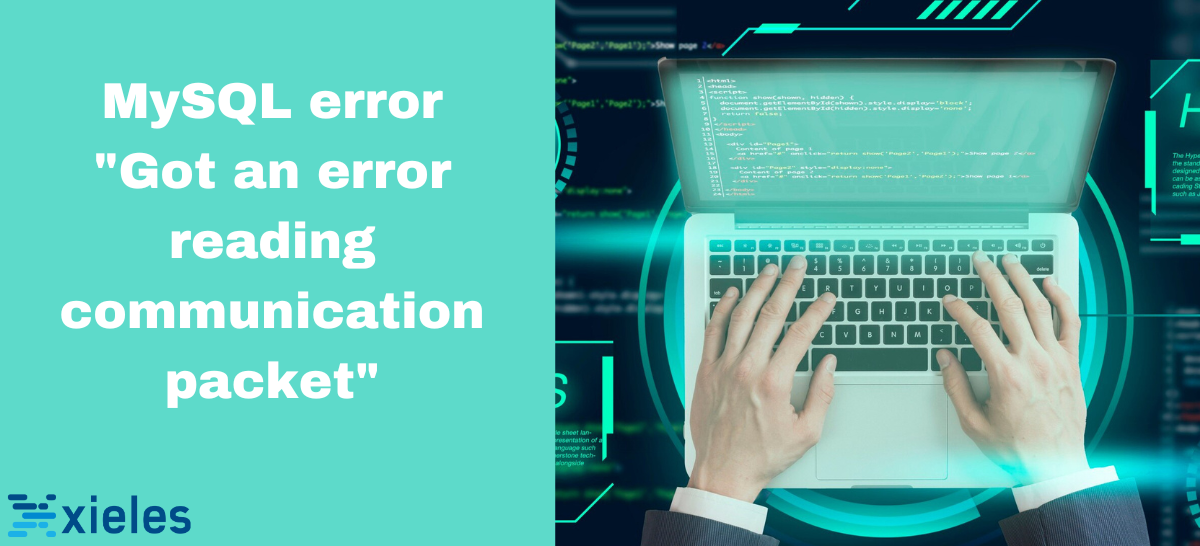AI – Driven Automation of Server Management Services
AI-driven automation in server management services uses artificial intelligence technologies which can transform server performance – delivering smarter monitoring, proactive maintenance, enhanced security and optimized efficiency. Instead of depending on manual processes latest services use AI to handle everyday operations, identify issues, and automate responses, which boosts overall efficiency and reliability. Why AI [...]


